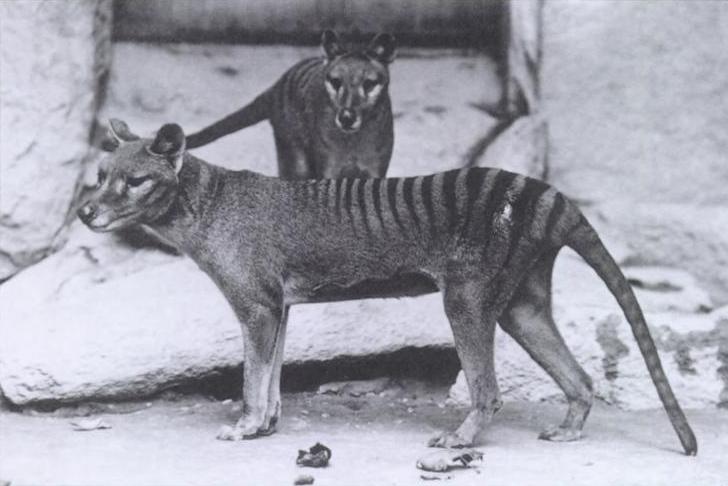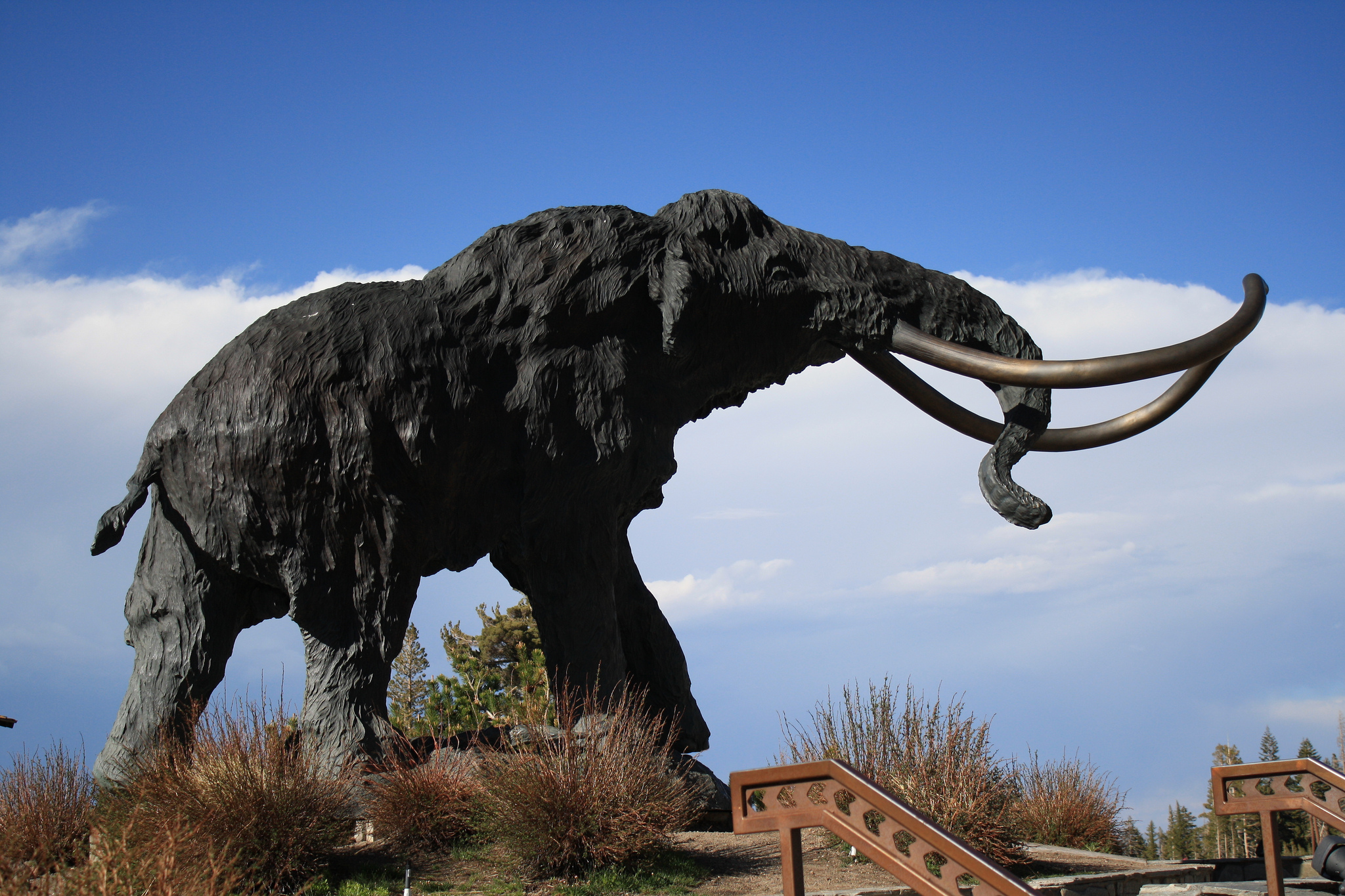Tasmanian tigers earned their nickname because of the stripes along their back, but they were not felines. In fact, they were carnivorous marsupials, the type of Australian mammal that raises its young in a pouch.
Tasmanian tigers, also known as thylacines, were once native to the Australian mainland, as well as the islands of Tasmania and New Guinea. Dog-like in appearance, Tasmanian tigers were extensively hunted after European colonization. The last known Tasmanian tiger died in captivity in 1936.
Nearly 100 years after its extinction, the Tasmanian tiger may live once again. Scientists in Australia and the United States have launched an ambitious multimillion dollar de-extinction project to genetically resurrect the Tasmanian tiger.
In order to bring back the animal, researchers will have to take stem cells from a living species with similar DNA – like the fat-tailed dunnart – and use gene editing techniques to turn them into “Tasmanian tiger” cells – or the closest approximation possible. The team will need new assisted reproductive technologies to use the stem cells to make an embryo, which will then have to be transferred into an artificial womb or a dunnart surrogate to gestate. The research team is optimistic that there could be a hybrid baby Tasmanian tiger in 10 years.
The ambitious project is a partnership between scientists at the University of Melbourne and the Texas-based company Colossal Biosciences. This is the second de-extinction undertaking by Colossal Biosciences, which announced last year it planned to use its technology to recreate the woolly mammoth, and return it to the Arctic tundra.
**********
Web Links
Scientists want to resurrect the extinct Tasmanian tiger
Tasmanian tiger: Scientists hope to revive marsupial from extinction
Photo credit: E.J. Keller, from the Smithsonian Institution archives, courtesy of Flickr.
Earth Wise is a production of WAMC Northeast Public Radio.

